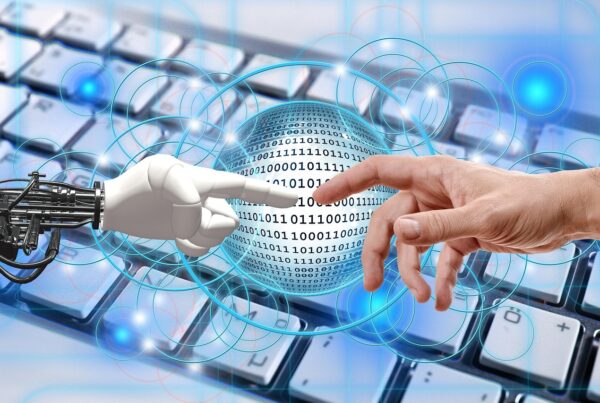AI@Work: Who’s Using AI? Everybody!…But Is It Safe?
Cybercrime is becoming more sophisticated and widespread. Everyone is scrambling for new security measures and better execution. The level of support for the adoption of AI is basic economics. Better, faster, cheaper is the promise of AI. It will take talent and planning to make it happen. The more AI cloud-based applications, the less it costs to get into the game. Companies are determined to reap the benefits of AI. It is a balancing act between creating new cognitive technologies and the effective execution of these technologies. It is important they benefit everyone, not just a few. There is no shortage of enthusiasm or investment. Effective execution might be another story. More companies are turning to vendors for cloud based solutions. Everyone is getting in the game. It is all about competition. AI is a competitive advantage and is critical to strategic position. Systems with huge cloud-based data sets like CRM (Customer Relationship Management) and ERP (Enterprise Resource Planning) systems open the doors for using AI. CRM is software that lets the company track every transaction with clients and customers. ERP refers to
software that helps manage processes that are going on across the enterprise.
AI and increased threat go hand in hand. This is because everything is digital. Companies are finding it easier and easier to use AI. More and more vendors are getting on the bandwagon. Modifying and customizing off-the-shelf applications is replacing the build-from-scratch approach. The cost and initial risk is coming down. Finally, the expectations for transformation are slowing a bit. This is because we are recognizing the complexities of installed AI. AI impacts the infrastructure and training and education. How we use AI and how we protect ourselves while
using AI is a balancing act. One that society has not quite mastered. The promise of better, faster, cheaper products and processes and better decisions is offset by the realities and dangers of digitization.
Humans always complicate things. There is undoubtedly huge potential that will help humans and make the healthcare industry more efficient and cost effective. Once people get involved, using
AI successfully can be more challenging. Healthcare is probably the most visible industry with high AI potential but low impact so far. Using AI for radiology and claims management has been a success, showing us again that redundant processes, either cognitive or task oriented, will be replaced. Using AI requires companies to become experts at risk management, flexibility and change. Most companies are not good at this. In other words, agile. Many companies have seen AI projects fail. They fail not because the technologies are inferior. They fail because the humans who use the technologies are not ready to accept new ways of doing things. When humans don’t understand and don’t trust technologies the results can be less than ideal. Change is not easy and not something that humans embrace. When business processes change, every aspect should be examined. There are very few cases where robots are totally replacing humans. More
commonly, AI is enhancing the business process. Hopefully, AI is making it more efficient, effective and flexible. In most cases humans are not eliminated but rather supported. Any kind of change, though, takes education and support.
#AI@Work, #WFH, #RemoteWork, #WorkFromHome, #BobbeGB, #BobbeBaggio, #ThePajamaEffect, #Touchpoints, #Virtual Workplace, #Work From Home #PJEffect, #LinkedInNewsLive





